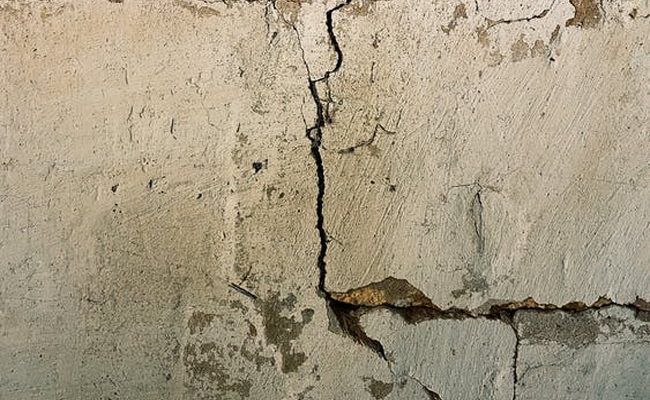
Like most home buyers in Brisbane, you probably have some concerns about settlement cracks given the erratic weather experienced in the city, including droughts and floods. There are bound to be cracks–both big and small–invisible to the eye and visible. And while they’re hardly dangerous (or even concerning), they definitely require attention sooner rather than later.
However, recognising these telltale signs of settling can be tricky. Depending on the extent of any potential issues, they could range from minor to major red flags that demand further investigation. If you notice any signs of settlement in a home, you should have a Brisbane pre purchase inspection to check for any indications that something isn’t quite right with the property you’re looking to buy.
What are settlement cracks?
Settlement cracks are cracks in the wall that appear when a house shifts over time, this shifting is called subsidence. Several factors cause subsidence, including shifting of the soil beneath the foundation. The soil type, location and water content play a significant part in subsidence. If a foundation is not adequately supported, it can sink into the ground, causing the structure to move. This movement can cause stress on the walls, leading to cracks.
Cracks in the foundation or walls can also occur due to normal changes in temperature and humidity levels, which can cause the building materials to expand and contract. Cracks in walls are not always a sign of a problem with the foundation. But it’s important to know what to look for when purchasing a property and find out what causes them so you can make the best purchase decision.
Types of settlement cracks
From minorcosmetic surface cracksto wide, zigzag, and staircase cracks or deep fissures that run along the length of a foundation, the severity of settlement cracks can vary widely. Experts like licensed building inspectors can typically identify the type of settlement crack present by examining the cracks’ size, shape, and depth. By taking prompt action, it’s possible tominimise the damage and prevent further deterioration. It is best to consult a structural engineer for an inspection in severe cases.
Look for these visible signs of settlement
A few of the most common visible signs of settlement to look out for include cracks in the floors and walls, cracks in drywall, cracks around doors and windows and cracks in ceilings and cornices.
Cracks in floors and walls
If you spot cracks running across the floors or walls, it could signify that your house is settling unevenly. This could be caused by various factors–like shifting soil, pipes, or even poor construction. If the cracks are small, they might not be anything to worry about. Nevertheless, you should still have them examined by a professional.
Cracks in Drywall
Another common settling issue is cracking in the drywall. These usually appear around corners, where two pieces of the wall meet. If the crack is small, it might not be a cause for concern. A building inspector should inspect any larger cracks.
Cracks Around Doors and Windows
Cracks that appear around the frame of your doors and windows could also be a sign of settling. If they are small or only appear on the frame, they could result from the wood expanding or contracting in hot or cold weather. However, suppose they spread to the actual glass or appear on the jamb (the wood surrounding the door). In that case, they could indicate a potential issue that needs attention.
Cracks in Ceilings and Cornices
Cracks in cornices or around the edges of a ceiling are often caused by the roof’s weight or heavy furniture. If they are small and only appear around the top edges, they’re probably nothing to worry about. However, a prompt inspection is necessary if they extend along the entire ceiling length or start to look like large holes.
Your countertops are separating from the wall or cracking
When inspecting potential properties, take a look at the counters in the bathrooms and kitchen. Countertops that have started to pull away from walls could be a sign they either don’t have sufficient support or have foundation problems involved.
Foundation cracks
Cracks in the actual foundation of a house are another common sign of foundation settlement. However, they can also indicate poor drainage around the house. If water is pooling around the foundation, it can cause the foundation to crack and settle unevenly. Foundation settlement can be caused by various factors, including poor soil conditions, poor drainage, and inadequate support for the foundation. Sunken footings also provide inadequate support when in excessively soft soil.
Settlement is an inevitable part of the aging process for homes. In many cases, cracks are perfectly normal, but you’ll want to take steps to minimiseany potential damage. If you notice any signs of settlement, you’ll want to call in a professional building inspector for a thorough inspection. Aim to use an independent building inspector in Brisbane. They will not have any affiliation with the real estate or seller and offer you an unbiased report.
With their expert eyes and high-tech tools, an independent building inspector can tell if a home is settling unevenly and, if so, where the pressure points are and what’s causing them. Armed with this information, they’ll be able to provide you with a better understanding of the degree of settlement in the property and whether it will pose any problems in the future.
Leave a Reply